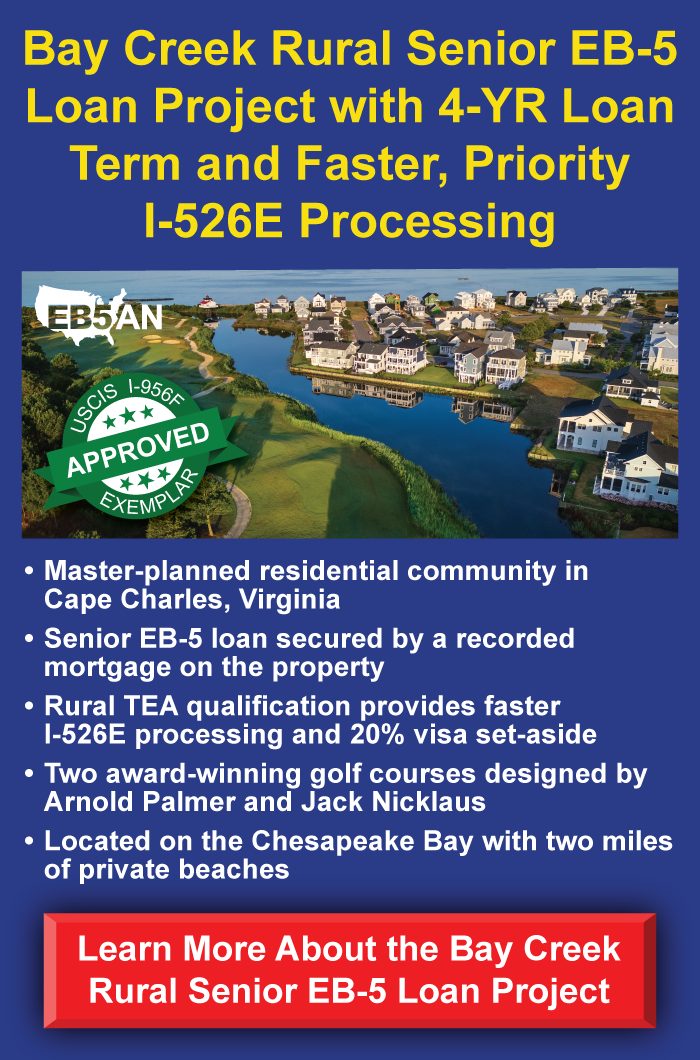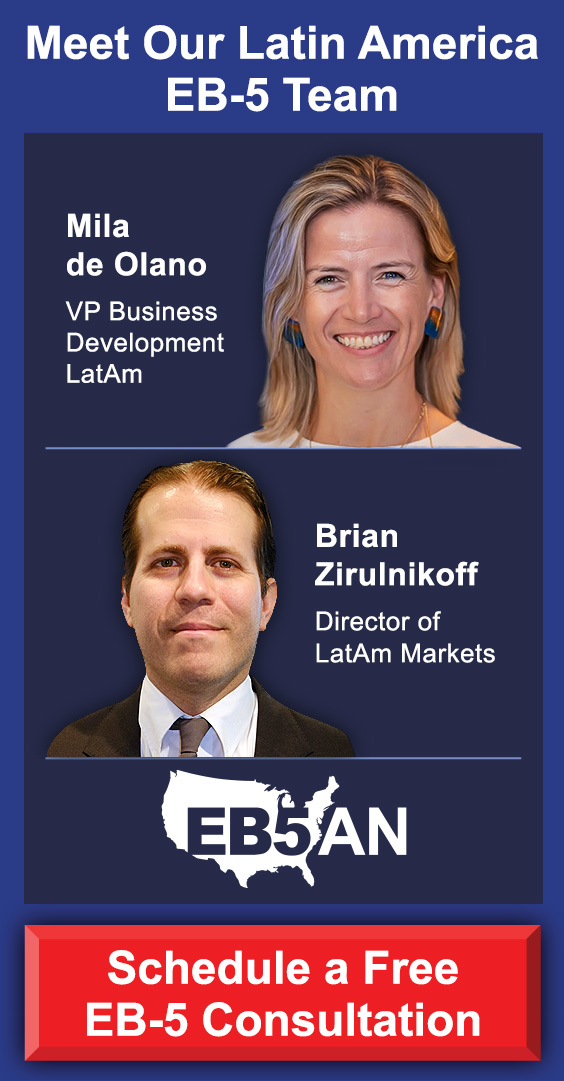Since its inception, the EB-5 Immigrant Investor Program has become a highly sought-after route for foreign nationals looking to establish themselves and their families in the United States. Through this program, investors gain U.S. permanent residency in exchange for making a significant investment in the U.S. economy.
The minimum required investment is $1,050,000—or $800,000 in targeted employment areas. However, a proposal by President Donald Trump to introduce a “Gold Card,” which would cost investors as much as $5,000,000, has stirred conversations about how such a program might reshape the landscape of U.S. investor immigration.
In particular, if such high investment thresholds are set for any potential visa program, how would this alter the profile of immigrant investors and the broader U.S. investment immigration system? That is the question this article seeks to answer.
A Potential Shift in Focus
Who Would Higher Thresholds Appeal To?
The Impact on U.S. Investor Immigration Policy
Peace of Mind in an Uncertain Immigration Landscape
A Potential Shift in Focus
Historically, the EB-5 visa program has been a win-win for both the immigrant investor and the U.S. economy. By making a substantial investment, usually in real estate or other job-creating ventures, foreign nationals contribute to economic growth, job creation, and infrastructure development.
However, with a significantly high investment requirement, the focus may shift from stimulating economic growth and job creation to a more direct form of government revenue generation. This shift could potentially lead to a more transactional form of immigration, where the government focuses less on the broader benefits of investment and more on an immediate monetary influx.
Put simply, the focus would likely be less on job creation or community development and more on the government’s direct financial gain, which could be funneled into various national or state-level projects or used to bolster federal revenue.
As the U.S. government shifts toward relying on direct financial contributions, this could signal a move away from the traditional model of the EB-5 program, which has focused on fostering economic growth, to one that views immigration more as a revenue-generating exercise. Such a shift may encourage policymakers to look at investor immigration through a different lens, focusing more on the revenue the program brings in rather than the long-term benefits of job creation or economic revitalization.
While the most obvious effect of this shift would be on prospective investors, this would also affect the developers who have come to incorporate EB-5 funding in their financial planning and therefore the workers and communities that their developments would impact.
Who Would Higher Thresholds Appeal To?
One of the most significant changes a high investment threshold could bring is the type of individuals who would be eligible for this potentially new form of investor immigration.
Currently, the EB-5 program attracts a wide range of foreign nationals, including those from middle-class backgrounds with the means to meet the $800,000 investment requirement. While this threshold is high for most individuals, the ability to combine fund sources—such as by using a mix of gifts, loans, and inheritance—makes this amount less of a barrier, as well as other options to finance EB-5 investments.
While many investors wish to gain U.S. Green Cards for financial reasons—such as broader job opportunities and access to American markets—many make EB-5 investments for other reasons as well, such as the educational benefits permanent residency provides their children, with one such benefit being access to lower tuition costs. Other investors might be hoping to relocate due to issues around political stability or access to healthcare.
If the investment threshold were significantly raised, the pool of eligible applicants would likely narrow. Such a program would likely appeal to ultra-wealthy individuals. These individuals already possess substantial capital reserves and are likely motivated by the ability to secure a U.S. passport and its accompanying economic benefits, such as access to U.S. markets or tax advantages.
While the EB-5 program has traditionally been a tool for entrepreneurs, professionals, and other investors from diverse backgrounds, a much higher threshold would skew the applicant pool toward a more exclusive class of individuals.
As a consequence, this shift would also likely raise concerns that the program would no longer be accessible to a broader range of individuals who wish to contribute to the U.S. economy, particularly those who are not as financially well-off but are still eager to make a meaningful impact and secure better futures for their families.
The Impact on U.S. Investor Immigration Policy
The introduction of a new, high-priced investment program proposal could also signify a broader reevaluation of U.S. immigration policy. It may fuel debates about the role of immigration in the U.S. economy and the way in which wealth is factored into the selection process.
Currently, the EB-5 program is based on the idea of attracting global talent and wealth that benefits the economy as a whole—with a special emphasis placed on bringing jobs and development to rural or high-unemployment areas. By creating a more exclusive route for wealthy individuals willing to pay a premium, the program could inadvertently create a system that favors those with capital rather than a broad swath of investors who could contribute in more diverse ways.
For potential investors, this change could make the U.S. a more exclusive destination for immigration. While it may still be an attractive option for ultra-wealthy individuals, the barriers to entry for the average investor would become prohibitively high.
Peace of Mind in an Uncertain Immigration Landscape
Potentially higher investment thresholds could fundamentally reshape the dynamics of U.S. investor immigration. While such a shift might generate government revenue, it could also reduce the diversity of applicants—creating a system driven more by financial transactions than long-term societal contributions. This change would affect not only foreign nationals seeking U.S. Green Cards but also the American workers and businesses that benefit from immigrant investment.
If implemented, a direct citizenship-by-investment model could redefine what it means to be an immigrant investor in the United States, with far-reaching consequences for the immigration landscape and the broader economy.
Meanwhile, the EB-5 program remains fully active—and is currently thriving due to the availability of set-aside visa categories. One of its defining strengths is the stability and predictability it offers, providing investors with valuable peace of mind throughout the immigration process.
To learn more about the future of U.S. investor immigration—or to explore how you can benefit from the current EB-5 program—schedule a free call with the EB5AN team today.









